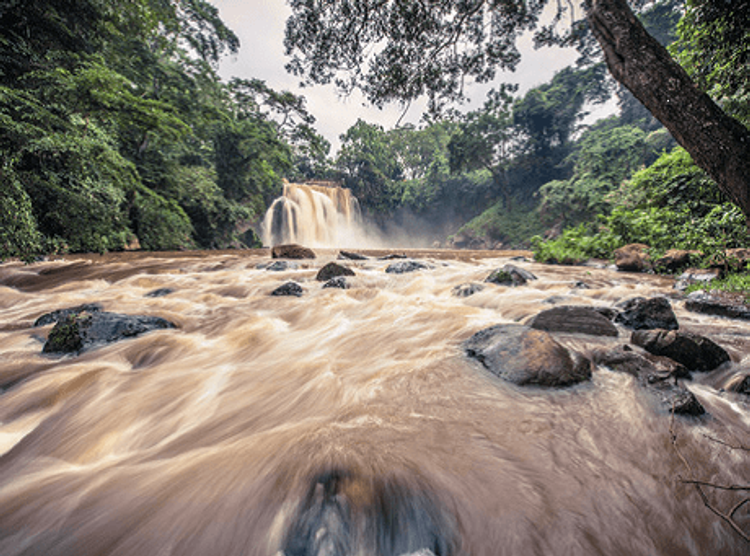The Upper Tana-Nairobi Water Fund
Contributed by: Misty Herrin, TNC. Nairobi, Kenya’s capital is the industrial and business centre of the country and consequently has a growing population, attracted by the prospects the city offers.

Contributed by: Misty Herrin, TNC. Nairobi, Kenya’s capital is the industrial and business centre of the country and consequently has a growing population, attracted by the prospects the city offers.
